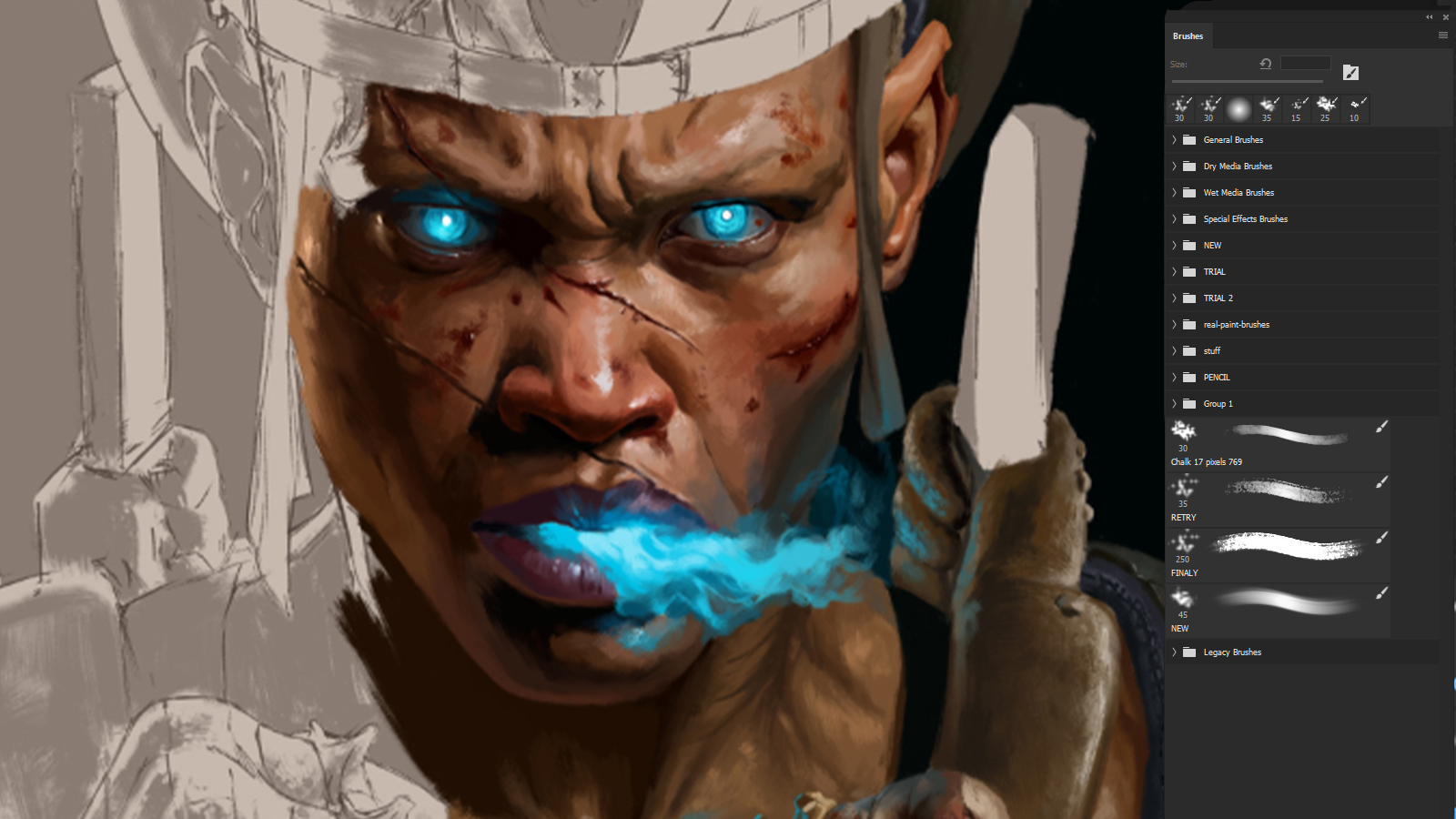"I harness my power animal": a day in the life of Jonathan Ford
Pearlfisher's co-founder discusses AI, ageism in the industry and the power of a growth mindset.
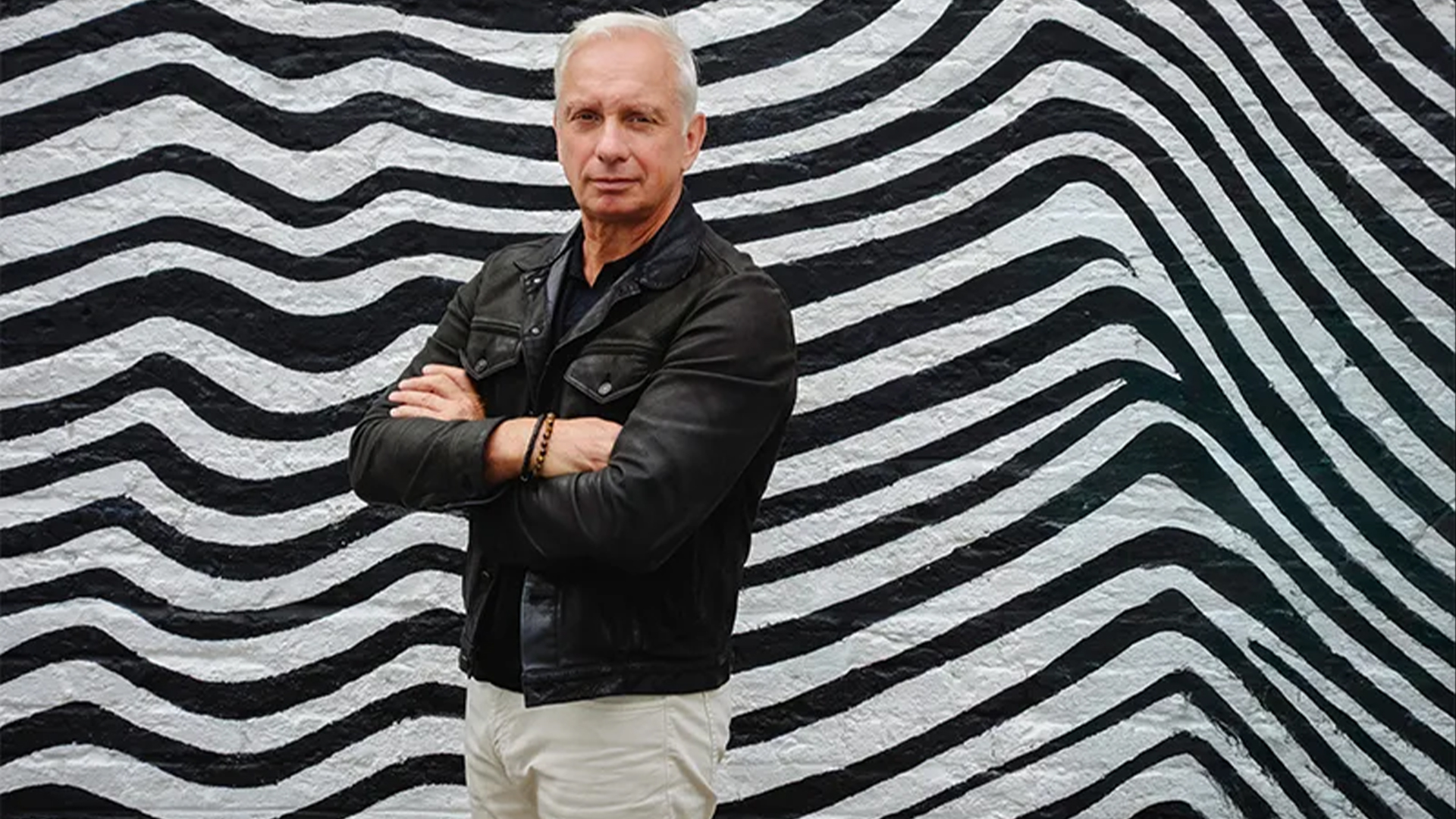
Jonathan Ford is the founding partner and group creative director of Pearlfisher, a multi-disciplinary design studio shaped by intelligence and imagination. Working with influential global brands like McDonald's and Jim Beam, Pearlfisher strives to create a unique 'wantability' with each project, building desire and timeless value for its clients.
Under Jonathan and his partner's lead, Pearlfisher has won multiple Design Effectiveness Awards and a coveted Gold Cannes Lion for its innovative work. As part of our Day in the Life series, I caught up with Jonathan to discuss nurturing a growth mindset, ageism in the industry and the value of harnessing one's 'power animal'.
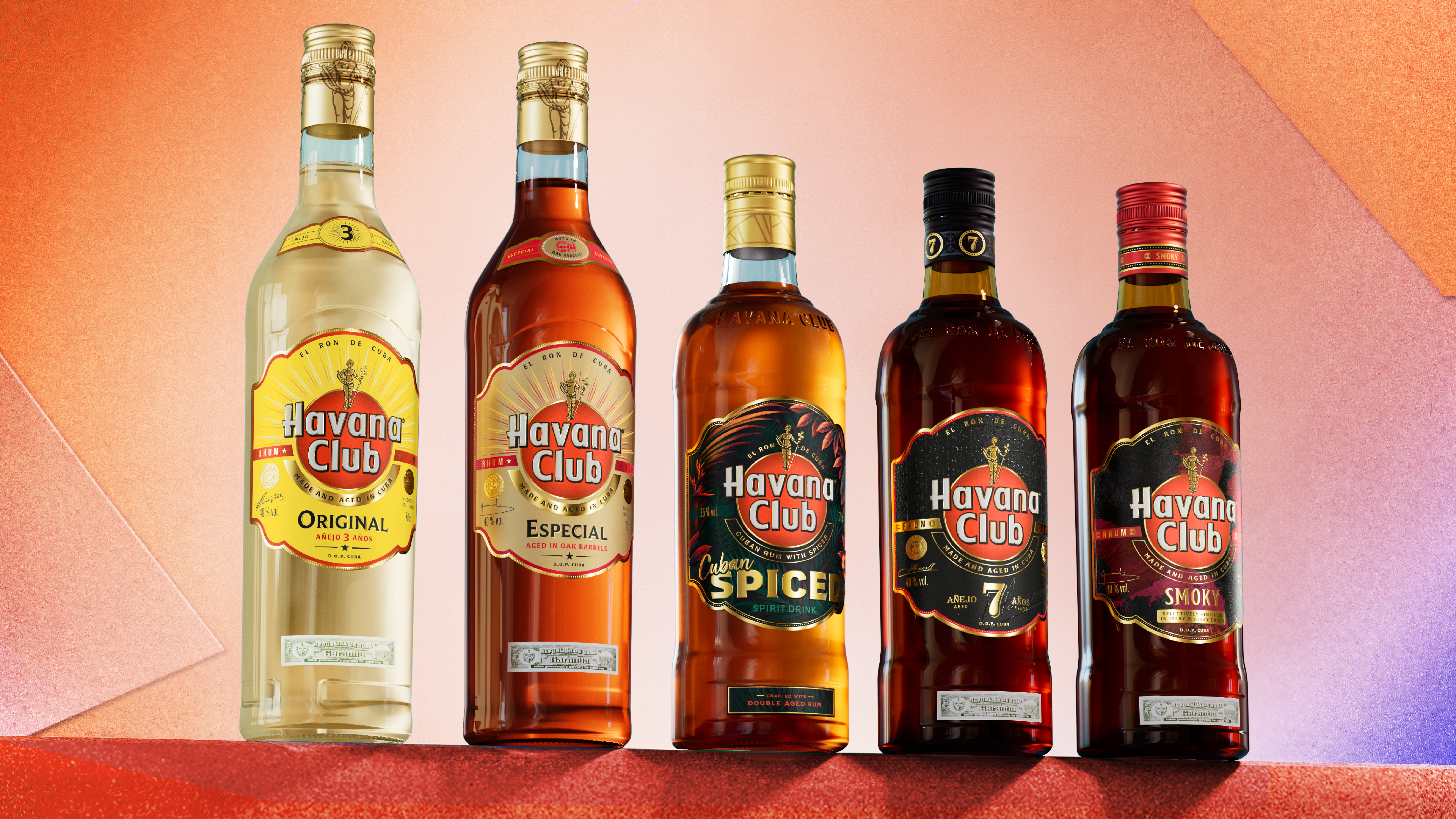
Could you walk me through a typical day in your role?
My days have evolved over the years, but right now, they follow a rhythm that balances sharp focus, creativity, and a full-throttle approach to life. I start early – usually with a 1k meter swim or general fitness around 7:30 AM, setting the pace for the day. Mornings are dedicated to Pearlfisher – prioritising oversight and decision-making while my mind is at its sharpest.
Late morning to early afternoon is for meetings and collaborations, keeping ideas moving and making connections count. Late afternoons alternate daily between personal creative projects and other creative ventures, ensuring I’m always pushing new boundaries and checking in with Jason, my CEO, and Mike, my co-Founding Partner.
Evenings? I try to be out 3-4 times a week – social events, exhibitions, culture, gigs, football, a pint or two with mates, friends, and of course family – anything but becoming a Netflix zombie.
In between all this, I’m leaning into life at 110mph, with plenty of refuels, refuges, health checks, and pit stops to maintain wellness, and the occasional reality check, slowly being enforced by myself and family. As we never know when our ending is near, I fully intend to be roaring forwards when it comes, shouting ‘Yes! and next?'
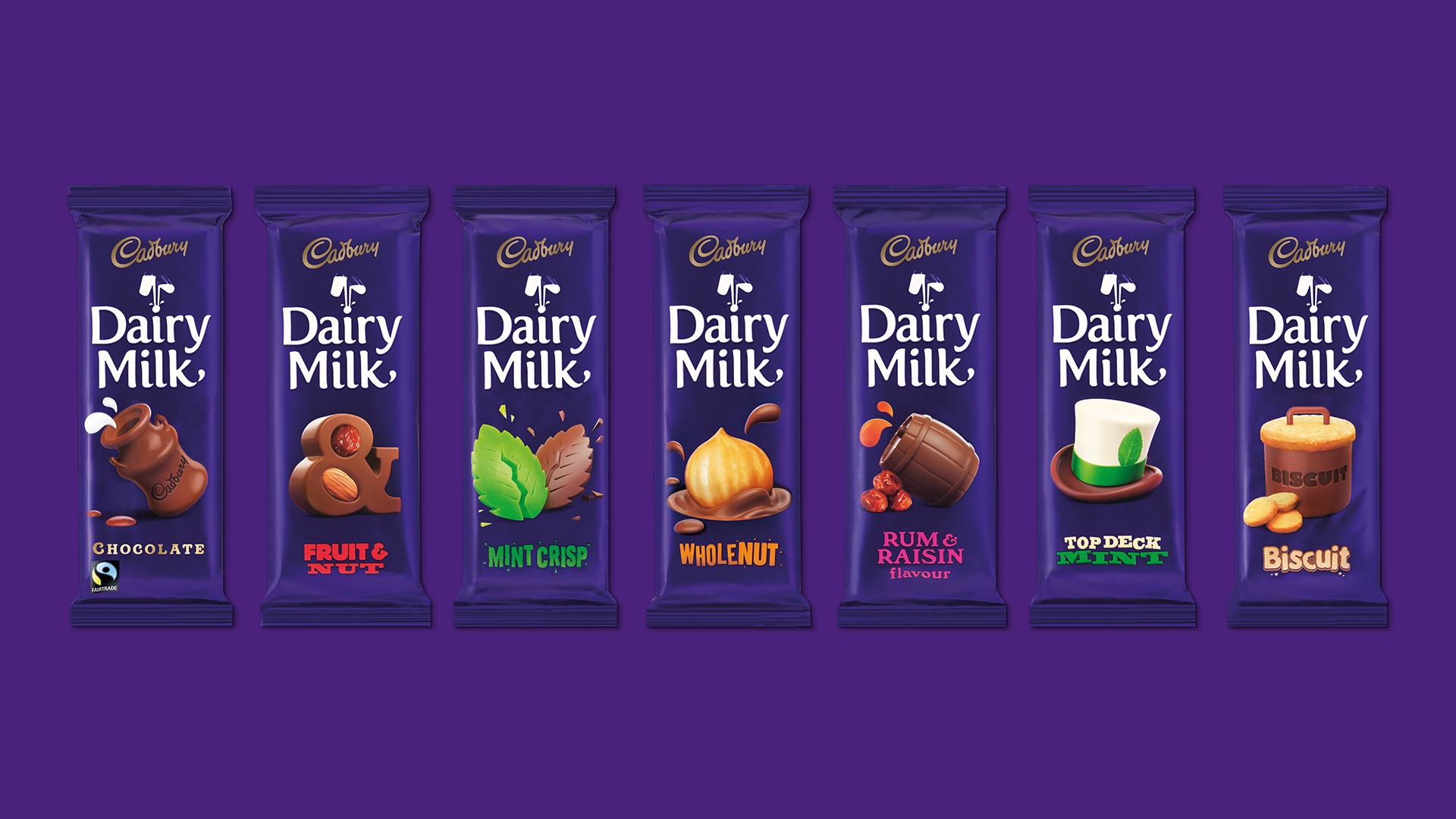
What was your early career like?
If I ever write a book, it might be called "The Rollercoaster Life of an ‘80s Designer Yuppie"
I started out in 1984 during the Reagan-Thatcher economic boom – an era of excess that eventually collapsed into the Bonfire of the Vanities (à la Tom Wolfe). My first, and hard-won, design job was at Michael Peters & Partners, one of Britain’s top firms at the time, going head-to-head with the likes of Pentagram, Fitch, and Landor.
Under Glenn Tuttsell's creative directorship and Michael Peters' creative and business ambition, the company exploded in size, becoming the Michael Peters Group, and I found myself surrounded by incredible creative talent – many of whom became agency owners themselves, lifelong friends and collaborators (including my future wife and business partner). As the company grew, so did I. I worked on amazing brands before landing in New York as a young and out-of-his-depth creative director. But like all great ‘80s stories, it ended in a crash.
By 1991, financial overstretch took the company down, leaving me stranded abroad with no immediate future. I always say experiencing bankruptcy is like gold, but hopefully it’s somebody else’s! You can learn all about what makes a business fail, which is harder than knowing what makes it succeed. From that wreckage, we started Sterling Design (now Sterling Brands), but after a year, my personal and creative compass took some hits and pointed in a different direction. I decided the time had come to strike out on my own and returned to London. In 1992, I founded Pearlfisher with two partners, Karen Welman and Mike Branson
The rest? That’s Pearlfisher history, the real rock ‘n’ roll years.
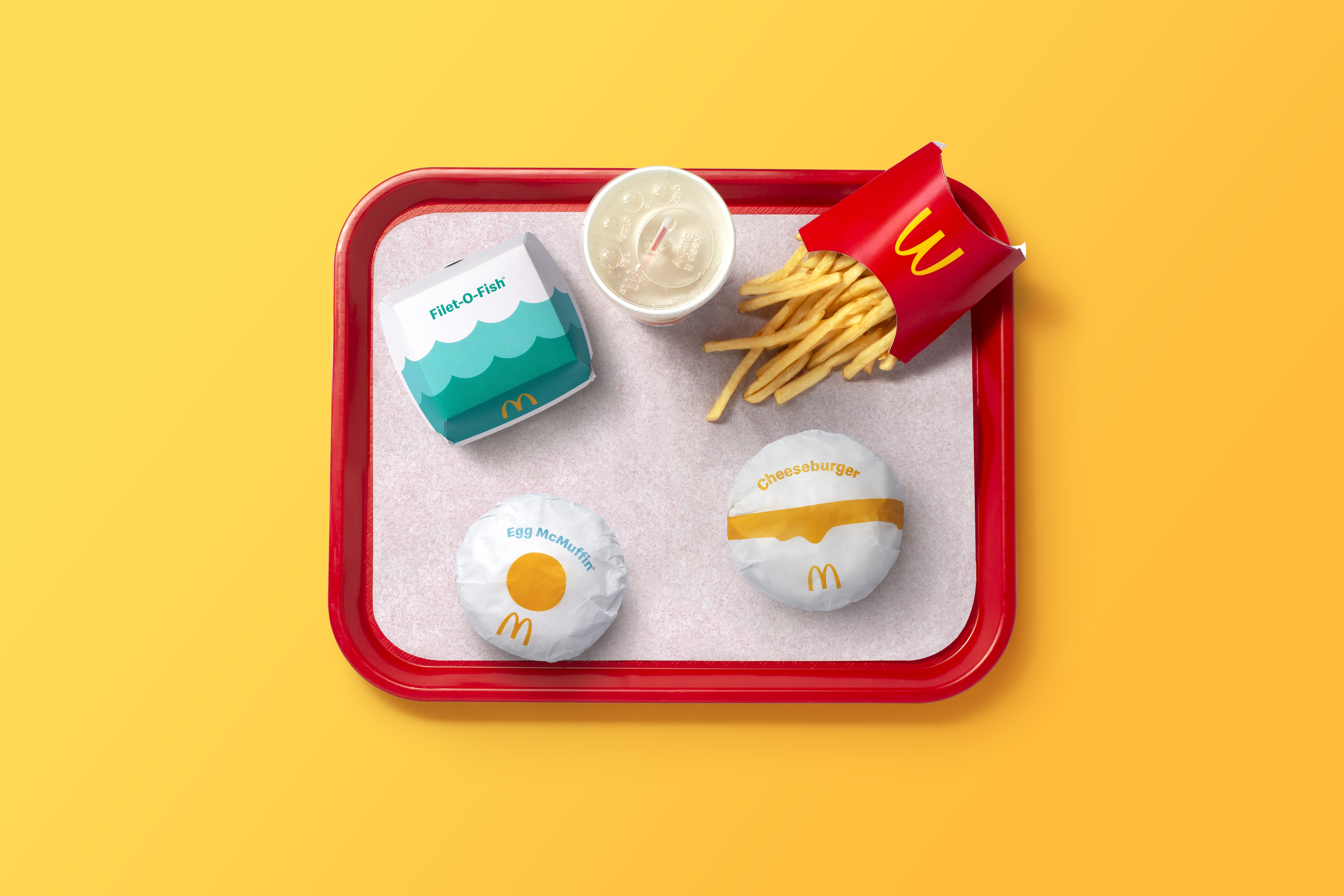
Tell me about a tricky work-related challenge and how you approached it.
I’ve faced countless challenges over the years, each unique in its own way. But at the heart of most tricky situations is one common theme: change and people
The truth is, when things are going too well, you or your business doesn’t grow with intention; it just happens. Likewise, when things are too tough, you or your business don’t grow. The real key is staying committed to a growth mindset – open to new ideas and able to inspire that same openness in others.
I’ve come to realise I’m a far better problem solver when running an agency than I ever was as a designer of detail. The biggest challenges I’ve faced aren’t just about clients or projects – they’re about people. Creative companies exist to make change happen for clients, yet internally, they’re often deeply resistant to change themselves. Many creatives have an insular mindset, valuing their own ideas above all else.
To tackle this, I harness my power animal, the falcon. I take a top-down view and swoop in with ideas and inspiration to combat inertia or to complement the detail, rigour, and structure of business planning and advisors. Ideas create belief, momentum and motivation, both for myself and my team. When that energy flows, it becomes a virtuous cycle – ideas spark more ideas, and change and growth happen naturally. And if that doesn’t work? Then it’s time to simply enforce. No one respects a leader who lacks vision or who sits on great ideas and crushes them. A leader needs to lead with flow.
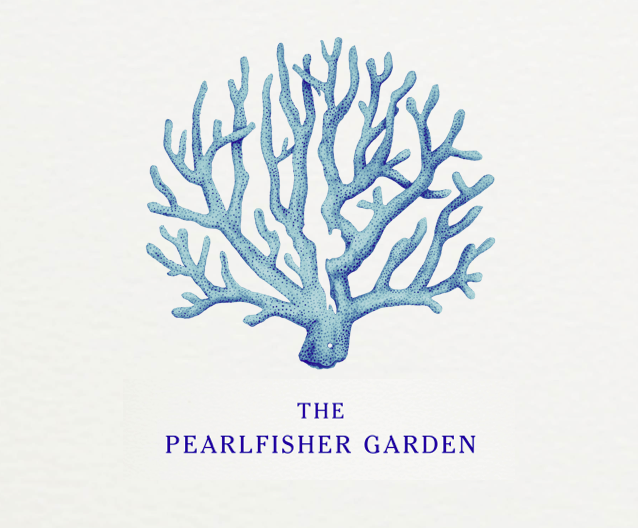
Which project are you most proud of and why?
Most people assume Pearlfisher is just a packaging design studio. But we do a hell of a lot more than that – and sometimes, the things that get noticed most have nothing to do with packaging at all.
For our 25th anniversary in 2017, we decided to take on something completely different: designing a garden for the world-renowned Chelsea Flower Show. Our concept, The Pearlfisher Garden, was inspired by the Ama – the Japanese women free divers who have harvested pearls for centuries. It also highlighted the fragility of the world’s largest garden – our oceans – and the staggering 9 million tons of plastic waste we dump into them every year. The idea sparked from a brainstorming chat with my late wife and Pearlfisher co-founder, Karen Welman. A few rough sketches soon blossomed into a fully-fledged concept, leading to our first-ever garden design, show entry, and six-month build process.
When our garden was unveiled at Chelsea – competing against some of the world’s best horticultural creatives with vast budgets – it instantly became a crowd-puller, a press and TV sensation. Why? Because we had created the immersive illusion of an underwater world, complete with corals and exotic seaweeds. The twist? It was all achieved entirely with cacti and succulents. A deep blue wall, made from plastic bottles, formed the backdrop – visually representing the amount of plastic waste dumped into the ocean every second.
And then, the icing on the cake: we won a Gold Medal. Not bad for a first attempt at something we’d never done before. But why did it work? Because it was a well-thought-out, original idea, beautifully delivered. And that’s what brilliant design is all about and what I look for with my teams.
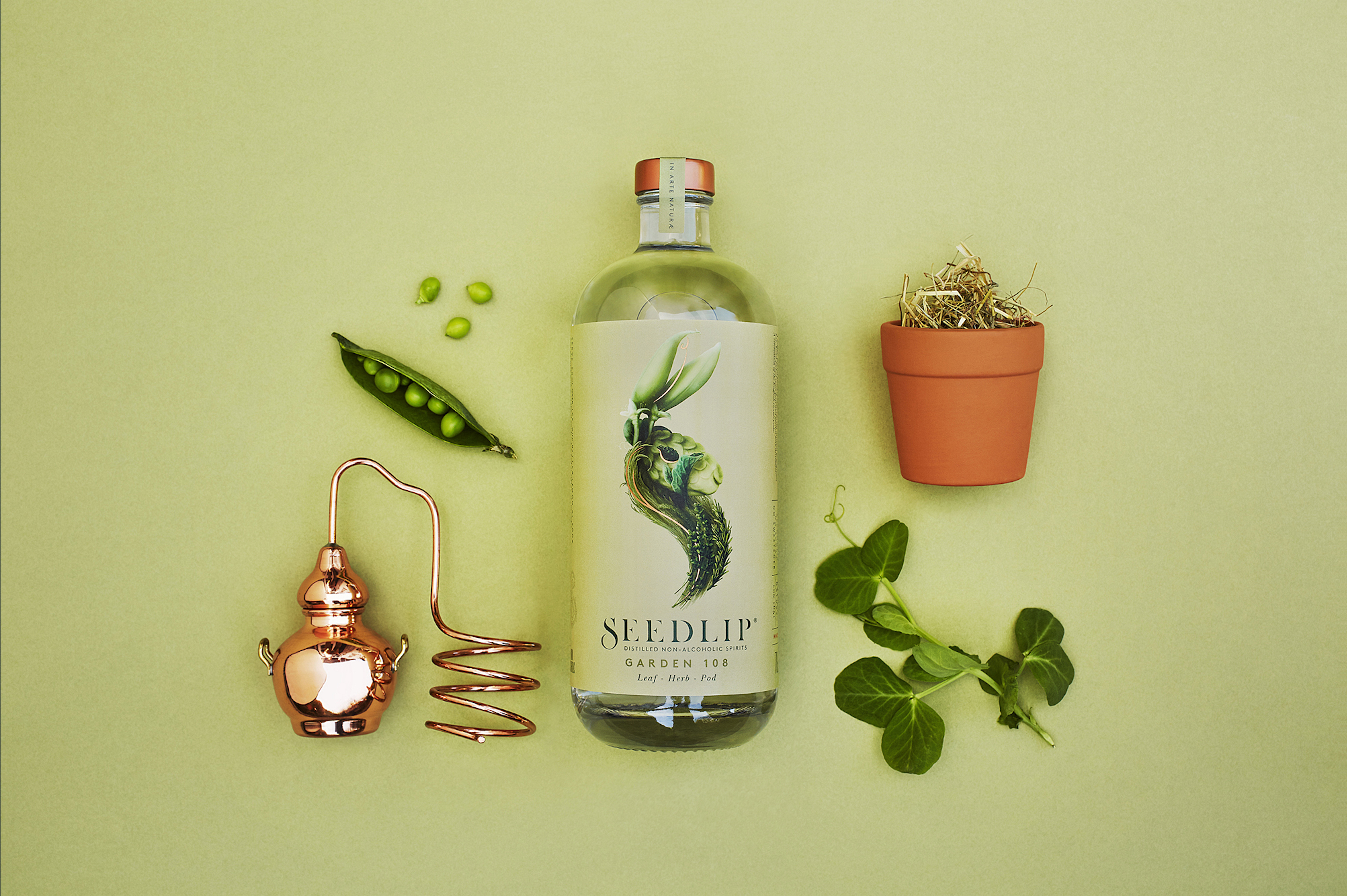
What does being a “designer of futures” mean to you?
All designers create something new – it’s just a question of the scale of newness, its relevance, and its impact on the world.
A designer can shift perceptions through graphic design. They can change consumption habits through product and brand design. They can reshape industries, build better environments, and improve mental well-being – all through the power of design. But every designer is judged on this scale of newness – have they created a future for the better, or for the worse? That’s the real responsibility of design.
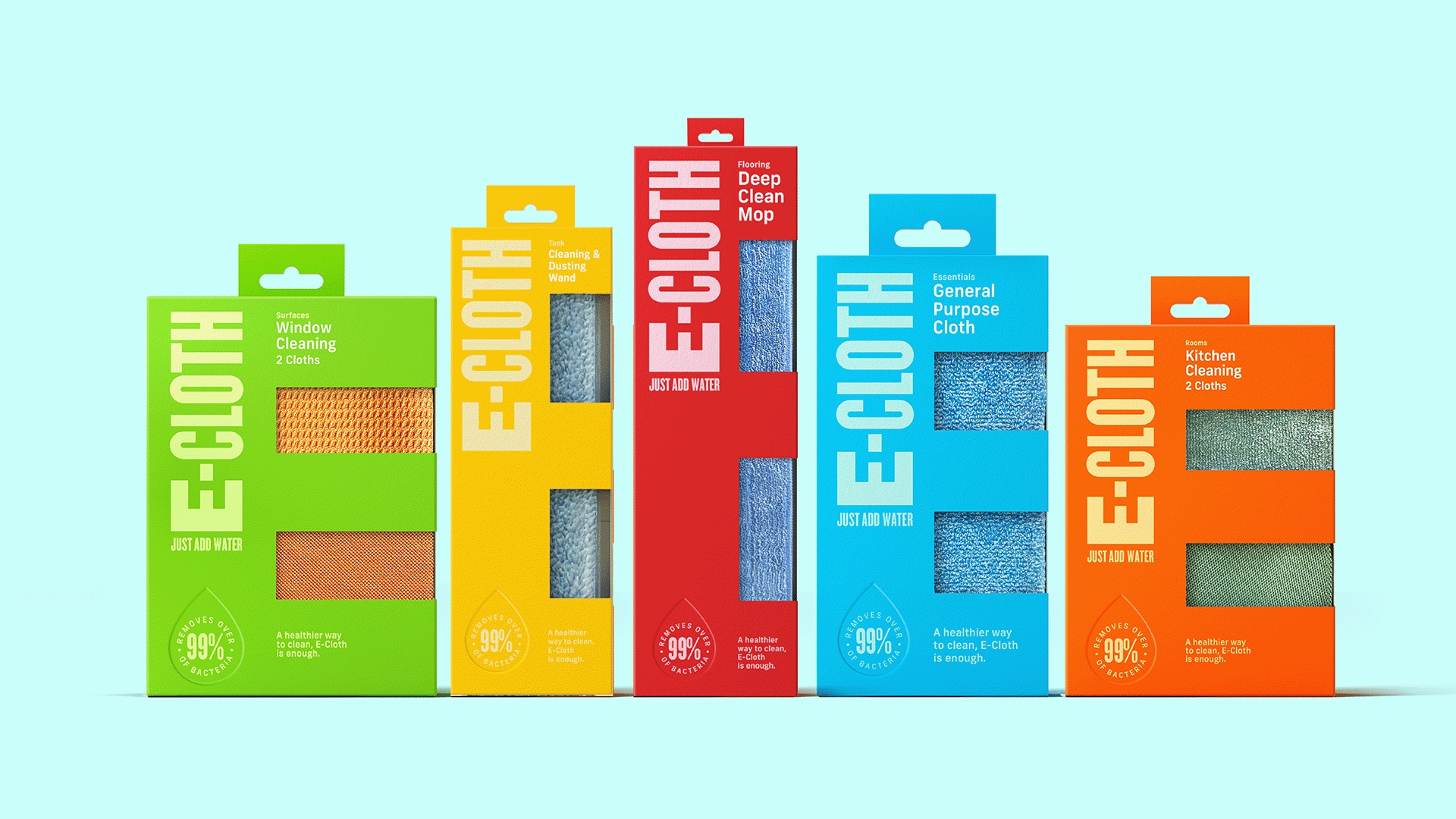
Tell me more about your approach to design intelligence and human-centric design.
It’s quite simple, really. A lot of people fear the power of generative AI. I don’t. Yes, it’s changing my business, but I still believe in the power of human imagination over technological output.
The trick is to take control. Guide generative AI rather than letting it guide you. When you direct it with intent, it becomes an amplifier of creativity rather than a replacement for it. This multiplication of human IQ with generative AI – that’s what I call DI or Design intelligence. Basically, it’s a formula for knowing how to use the tools, rather than being used by them: iQ x Ai = Di
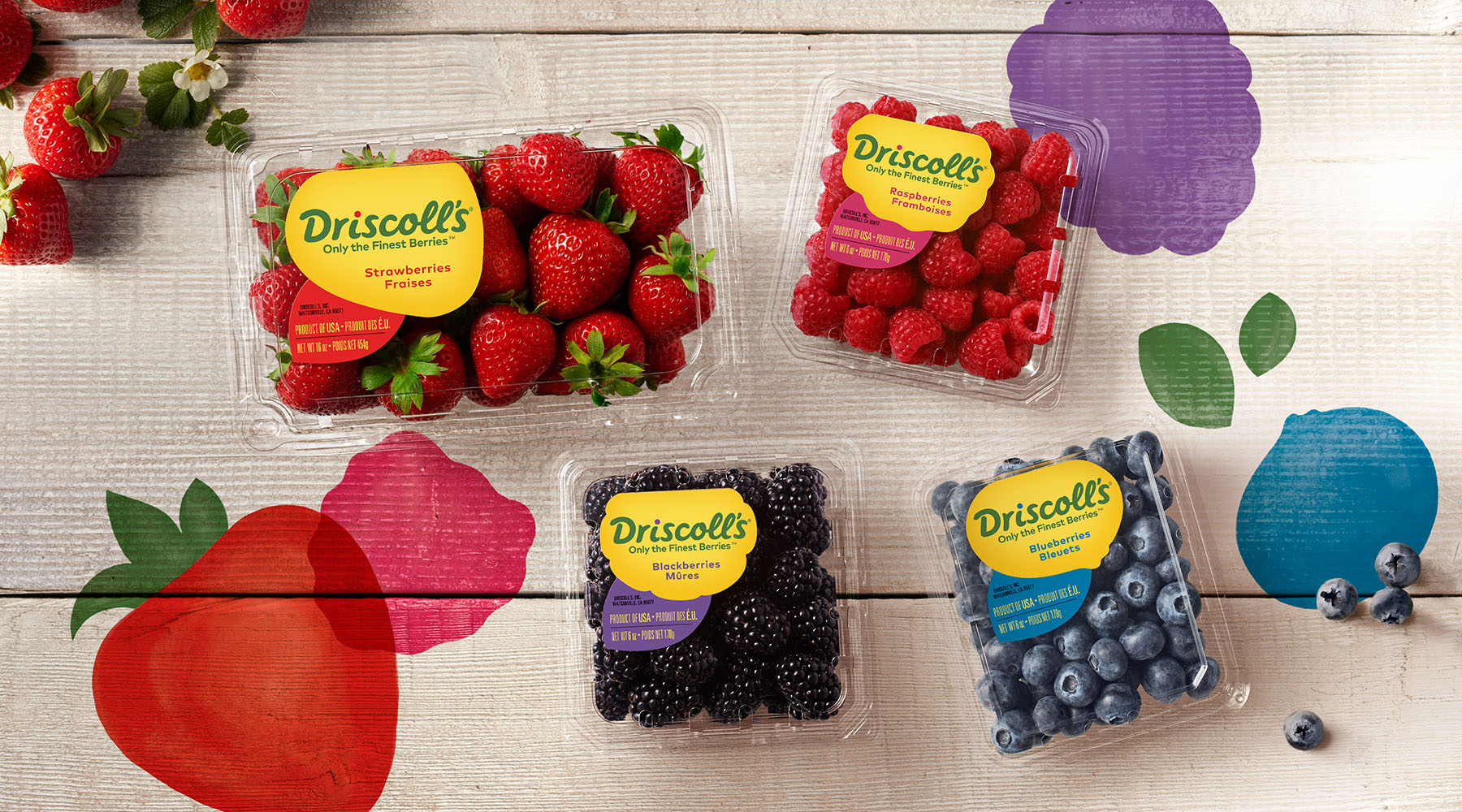
What do you think the design industry needs to improve?
In the UK, design still needs to be more inclusive at a grassroots level and activate diversity more in the workplace. Some progress has been made, but let’s be honest – it’s still a very white-skinned, grey-haired industry. Look at me. I can’t change me, but I can change my team – and the evidence of that shift is there. Another issue, which I might be experiencing now that I’m in my 60s, is a creeping, silent ageism. If I weren’t the founder of my agency, I’m not sure I’d be asked these kinds of questions by a younger group. There’s a wealth of experience in older creatives that can be invaluable, even in areas that seem unrelated.
Some of the best business advice I ever received came from a close friend – a Turkish entrepreneur a few years my senior who recently passed away. Every morning after our fitness sessions, over coffee, he would ask salient, gentle questions about my life and business. He never pushed advice on me – he just listened and responded with insights drawn from Turkish proverbs and deep-rooted wisdom. It was pure gold.
That kind of intergenerational knowledge-sharing is something the industry desperately needs more of. The DBA runs a good mentoring program which I’m part of, and this is a good initiative for our industry. However, lateral experience is just as valuable.
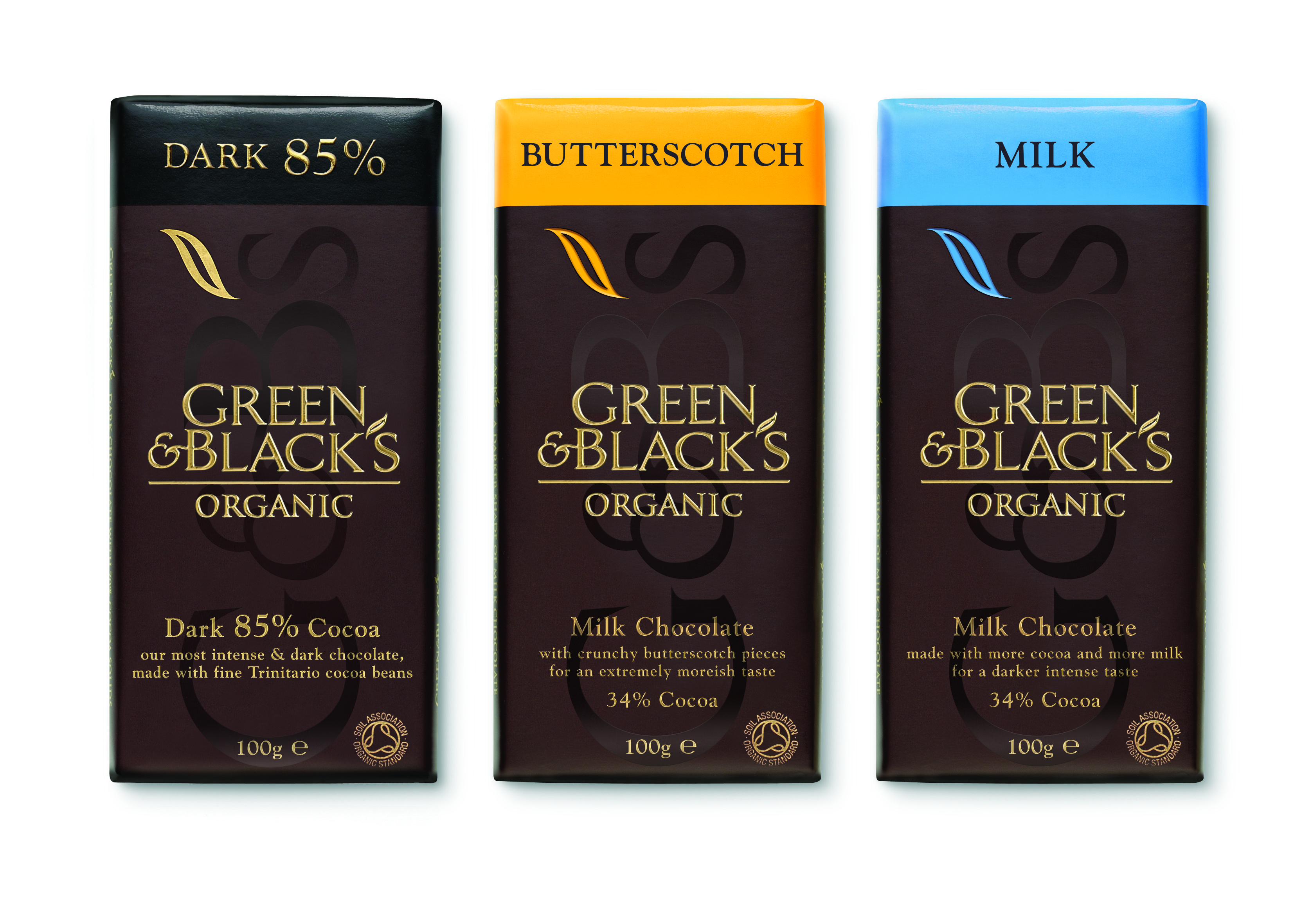
Could you tell me about your involvement with the Haller Foundation?
I was a trustee and then chairman of this tiny charity that punched way above its weight for over a decade. Haller has been at the forefront of innovative, ecological, and community-driven solutions for years. Inspired by Dr René Haller’s groundbreaking environmental work in reviving barren lands through a simple approach of balancing the ecology with the economy, the foundation has transformed local livelihoods through sustainable farming and ethical practices. I suggest you visit their website, as their work is an interview in itself.
However, the fundraising arm is based in London, while the projects are deployed in Kenya – helping communities regenerate land, build resilience, and create long-term economic opportunities. One of the proudest achievements was in 2010, when Pearlfisher designed the world’s first sustainable farming app: HALLER FARMERS. It scaled Haller’s proprietary knowledge and principles to a global audience and became an award-winning, benchmark tool that helps smallholder farmers thrive in real-time, no matter how small their patch of land or where it is. Don’t tell me design doesn’t make a difference.
Today, my daughter Chloe is the director of the charity, working alongside Louise Piper, the founder, to continue making a huge impact and transforming lives for the better.
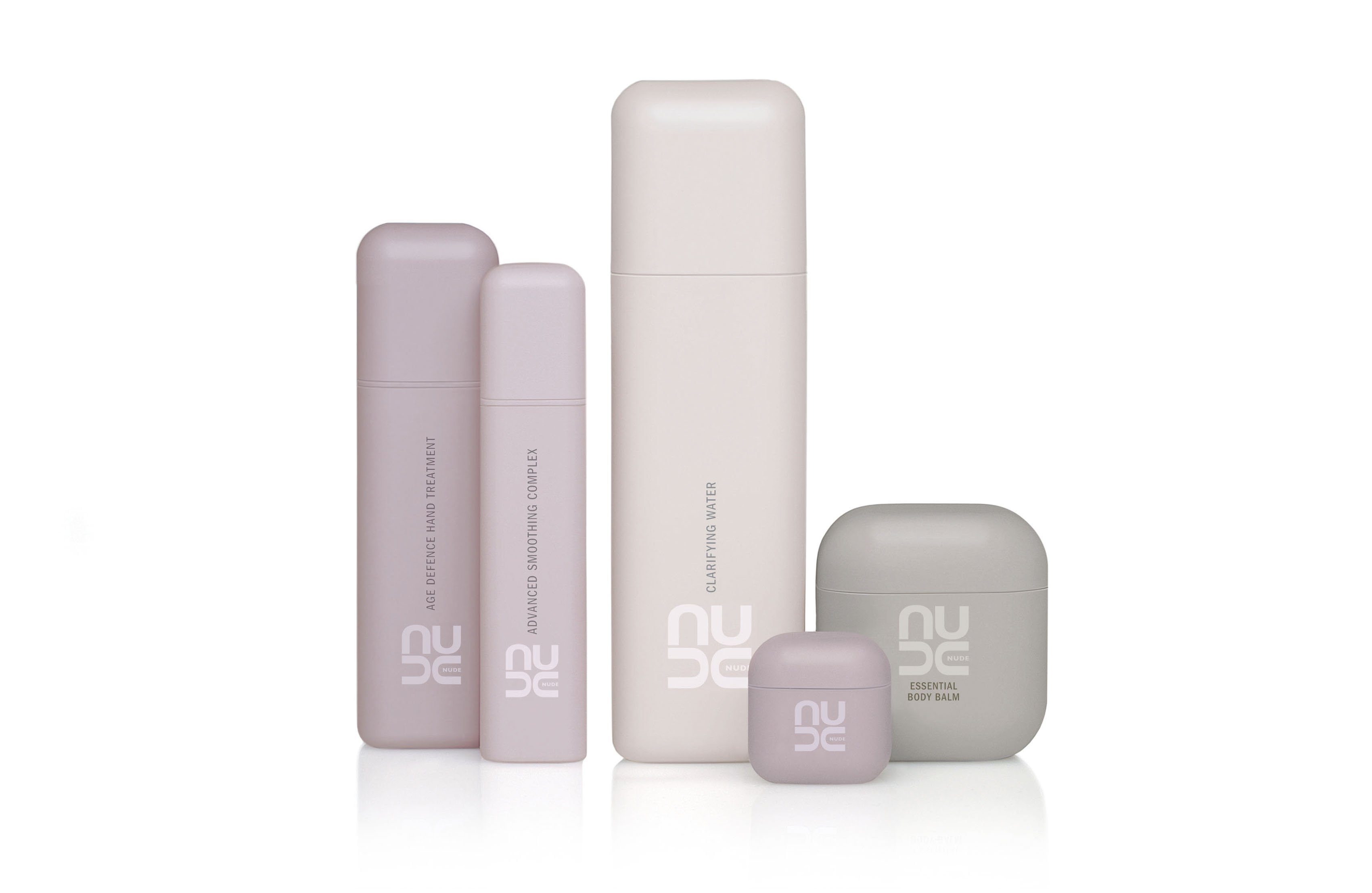
What are your favourite tools?
My inner me, my hands, eyes and gut.
What’s your dream project/dream client?
I’d love to redesign the British Airways Identity. In my opinion, its identity has become outdated – it’s a default design born out of controversial political circumstances in the early ’90s. Fast forward to today, and it ironically reflects accurately an indistinguishable, cost-cutting, post-pandemic condition of many airlines and governmental attitudes.
But it doesn’t have to. A new British Airways identity could retain elements of iconic recognition and reputation, while redefining what a national airline identity stands for in today’s world. It could embody something bigger and more positive – instead of a predictable statement of speed, imagine a vision of progress, vibrancy, independence, and inclusivity for starters. Speak to BA cabin crew members, and they say it's not like the old days. I'm not talking about embracing nostalgia, but embracing authentic cultural and business pride. In an era where borders are both blurring and hardening, the concept of national identity is naturally shifting, so taking the lead by finding an authentic, forward-thinking message within that context would be an incredible creative challenge – and a powerful statement for any airline.
British Airways, if you’re listening – I’d love to talk. Pearlfisher would bring a very fresh perspective.
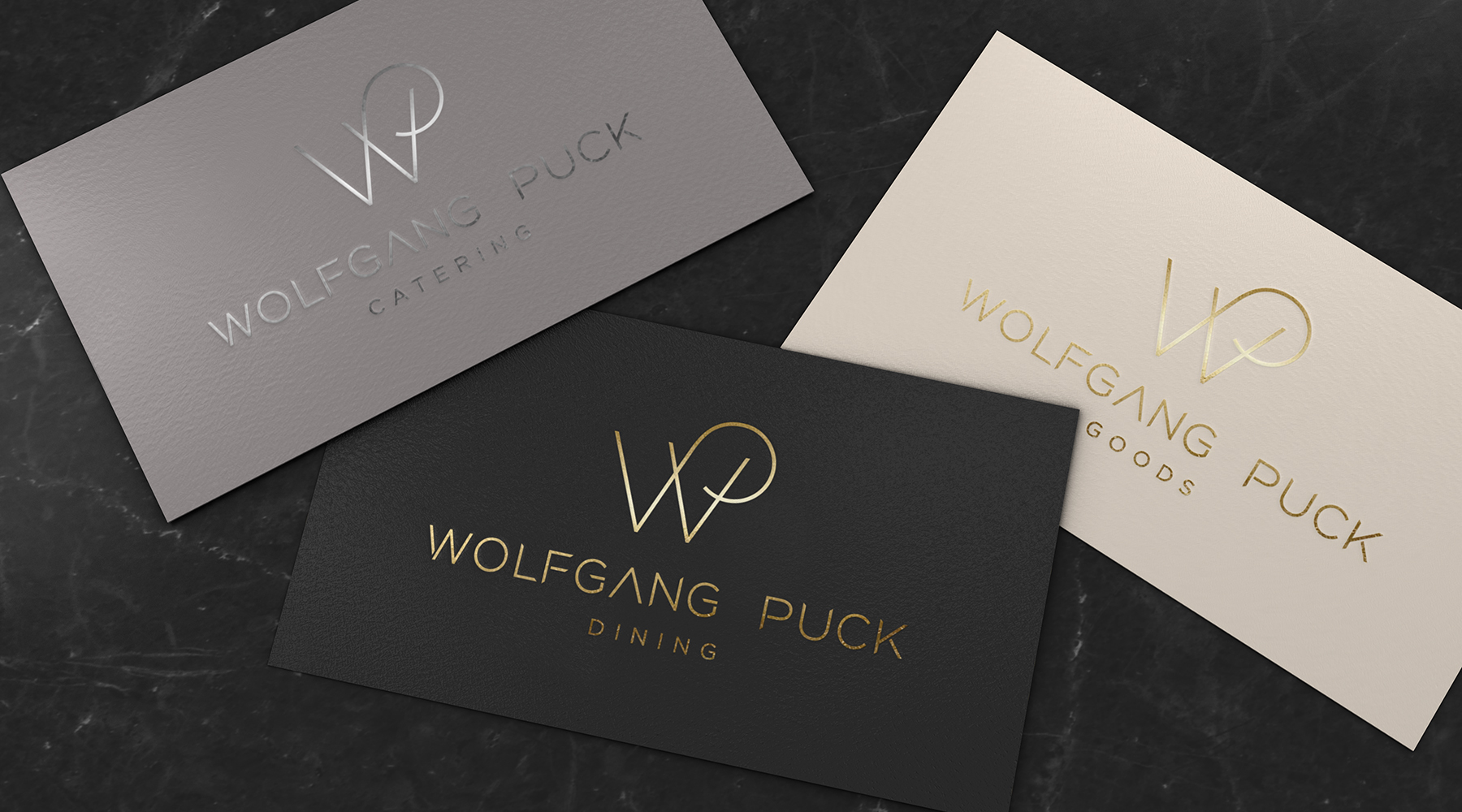
Tell me more about your 2023 exhibition, Struck
I wanted to create a personal project to push myself out of my comfort zone, and that merged my love for art, design, and nature with a return to slow, handcrafted printmaking. The exhibition explored time, memory, and transformation through the single, historic Cedar of Lebanon – one of England’s largest and most significant trees – struck by lightning in 2011. Originally planted in the 1800s on the Rushmore Estate in Wiltshire by Lieutenant General Augustus Pitt Rivers, this tree bore witness to over a century of change. After its felling for safety reasons, I reclaimed sections of its vast trunk, capturing its rings as relief prints to visualise the passage of time – both for the tree and for us.
My fascination with nature and printmaking began early, from childhood spent in Bristol’s beech woods to my pre-digital Art School training in photography and screen printing. In 2014, a storm felled a tree in my Dorset garden, sparking my first experiments with woodcut printing. This led to a chance encounter with the woodsman who salvaged the Pitt Rivers cedar, and, despite its daunting scale, I eventually created large-format washi paper prints from its surfaces. Over time, the exhibition itself became like the tree – slowly growing, revealing its story. Within its rings, we can see the entire 20th century, what led up to it, and where the 21st century is taking us.
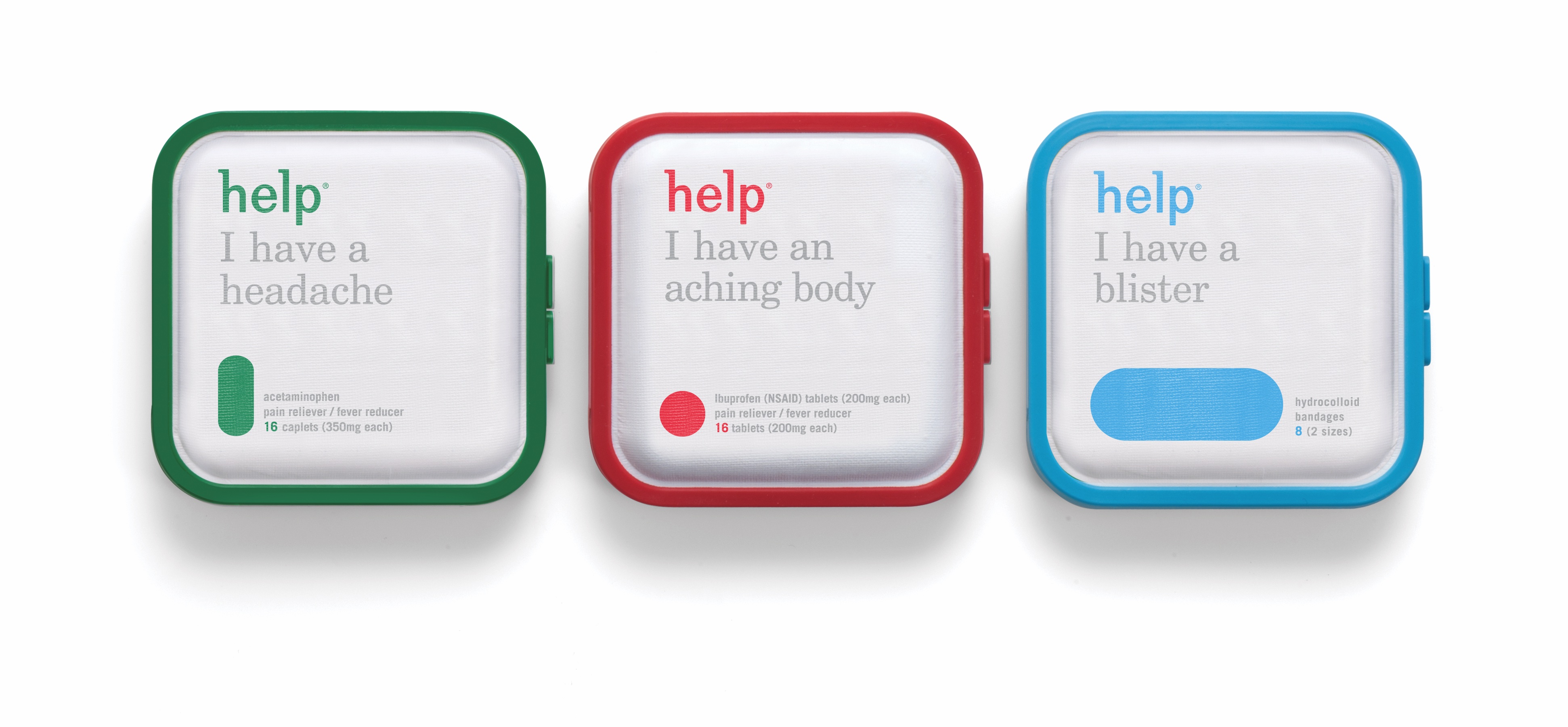
What career advice would you give your younger self?
As my late wife Karen said, “Great work breeds great work – or conversely, you’re only as good as your last job.” My version of it is to say “aim for the moon, and you might just hit the stars.”
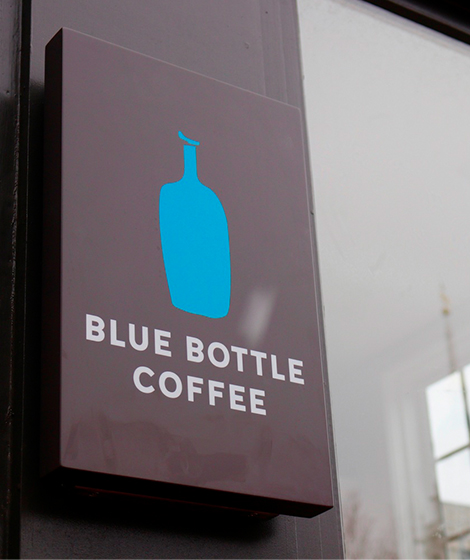
Anything else to add?
Never let anyone speak for you, and don’t borrow someone else’s voice or identity. If you do, it masks the real you and presents you as insincere. No matter how uncomfortable it feels at first, your authentic voice – when fuelled by thought-through ideas, passion, and originality – is your most powerful tool. Tune into it, celebrate it, and make it heard.
Find out more about Pearlfisher.
Daily design news, reviews, how-tos and more, as picked by the editors.
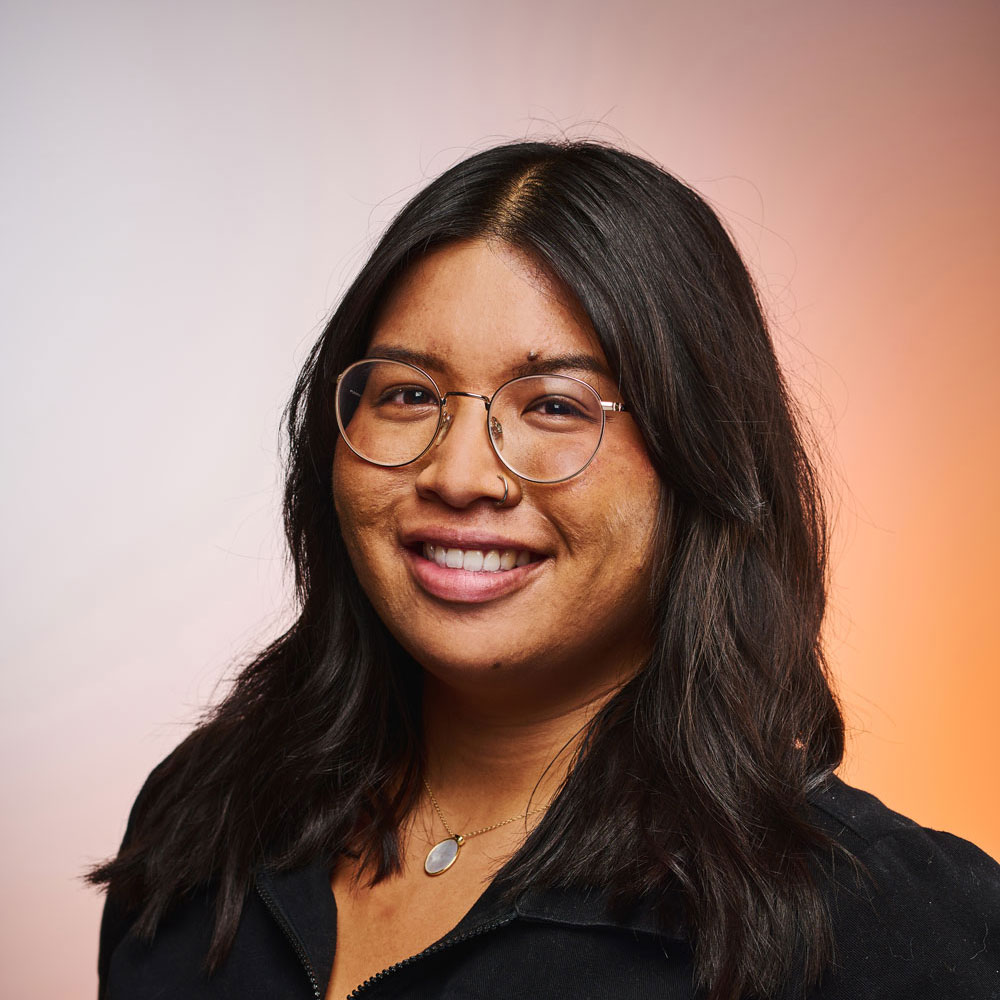
Natalie Fear is Creative Bloq's staff writer. With an eye for trending topics and a passion for internet culture, she brings you the latest in art and design news. Natalie also runs Creative Bloq’s Day in the Life series, spotlighting diverse talent across the creative industries. Outside of work, she loves all things literature and music (although she’s partial to a spot of TikTok brain rot).
You must confirm your public display name before commenting
Please logout and then login again, you will then be prompted to enter your display name.
